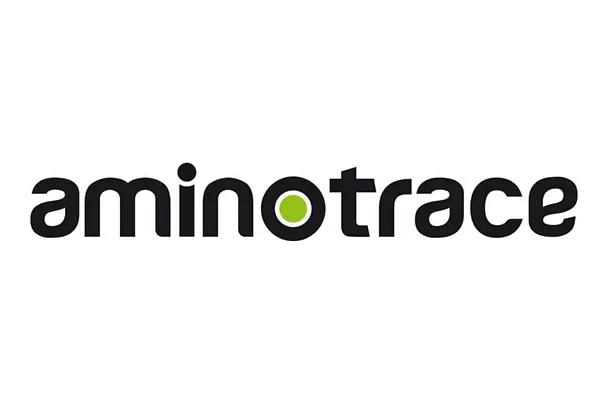AMINOTRACE - The innovative development of organically bound trace elements

AMINOTRACE, the organically bound trace elements produced by SCHAUMANN, are high performance products. They feature high solubility, optimal concentrations of trace elements, stable complexes and high-grade biological availability.
In a close collaboration between the Clausthal University of Technology and ISF Schaumann Research the following trace element glycinates up to the stage of industrial application was developed:
- Copper-Glycinate
- Zinc-Glycinate
- Manganese-Glycinate
- Iron-Glyinate
Currently the programme is completed through the innovative trace elements LYSINATE:
- Copper-Bis-Lysinate
- Zinc-Bis-Lysinate
The principle underlying the optimisation and development work was: to achieve good solubility whilst preserving the stability of the product.
The result:
- Highest bioavailability and stability
- High effective supply of target tissue
- Improved biological performance
Reduced trace element excretion
